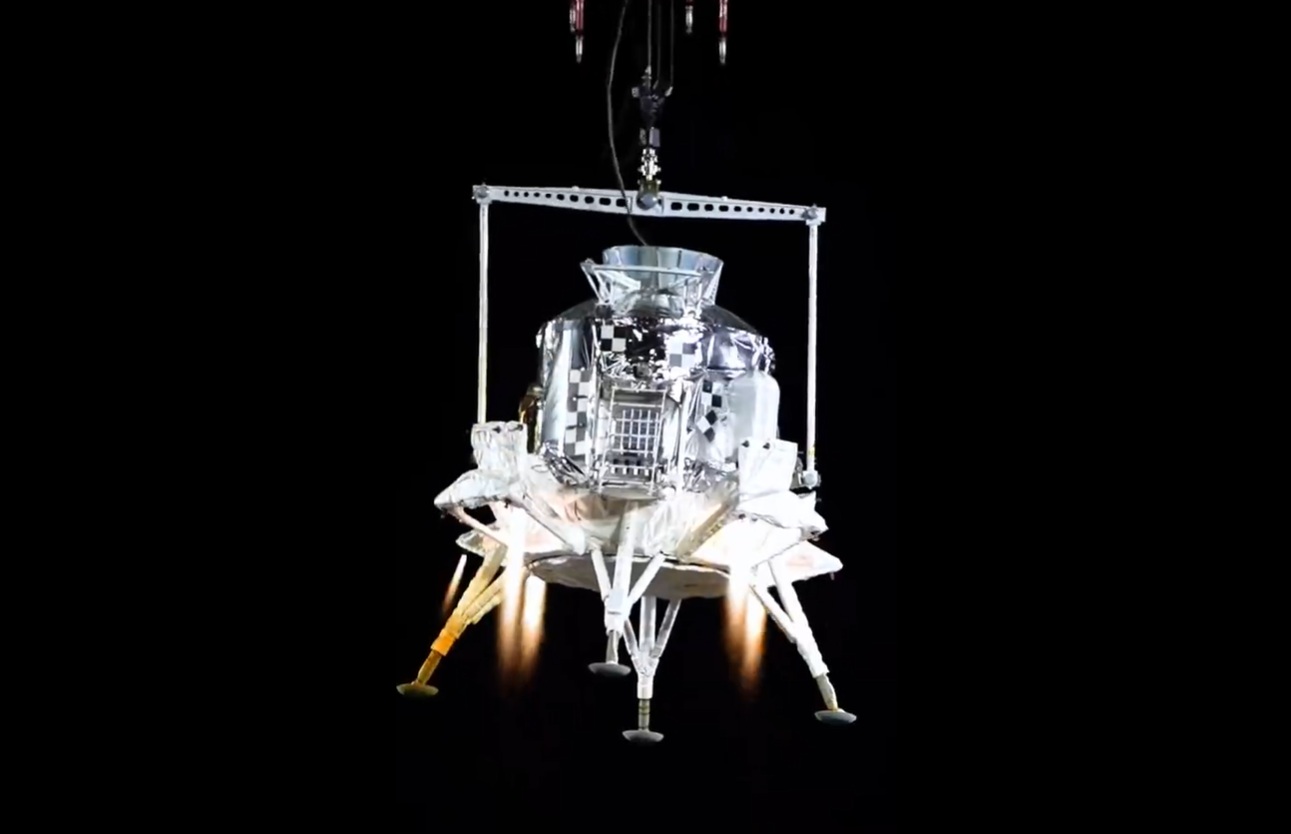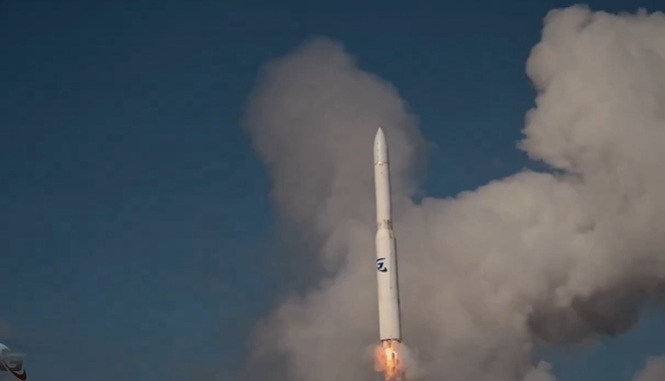On 14 October, NASA released a press release stating that a planned engine burn, referred to as a Period Reduction Manoeuvre (PRM), intended for 19 October would be postponed to allow for an investigation into a anomaly observed with the spacecraft’s fuel pressurisation system.
The cause of the anomaly has been identified as a set of helium check valves which play an important part in the working of the spacecraft’s main LEROS design engine. The valves reacted slower than expected after receiving a command sequence, taking “several minutes” instead of “a few seconds” to open.
The PRM, is so named as it is intended to reduce Juno’s orbit around Jupiter from the current 53.5 day period to the “science orbit” of 14 days. The new date for the manoeuvre is 11 December, at the next perijove (point of closest approach to Jupiter) after a third 53.5 day orbit. This third long orbit was not in the original mission plan and as such has resulted in a minor alteration. All of the spacecraft’s sensors and payloads will be activated for the upcoming perijove, as opposed to a select few in the original plan.
Update 31 October: NASA have released a press release stating they are now planning to keep the Juno spacecraft in its 53 day holding orbit around Jupiter for another cycle, which will end in mid-February. This is a development on the original problem detected with the spacecraft’s fuel pressurisation system, which engineers believe they need more time to study. This further delay will also allow for more work to be done to understand the software error which unexpectedly restarted the spacecraft before its close-approach to Jupiter on 18 October.
Update 7 November: It has been mooted that there may be a connection between the LEROS apogee kick motor engine failure (using a different model of LEROS) on INTELSAT 33e and the valve fault on Juno’s propulsion system.






